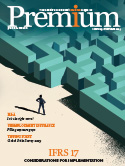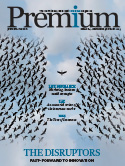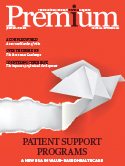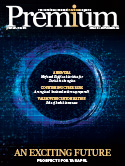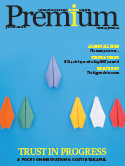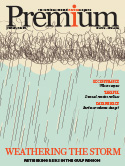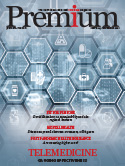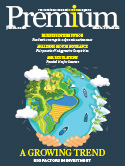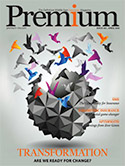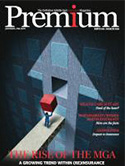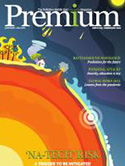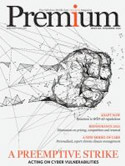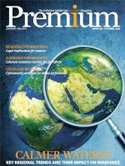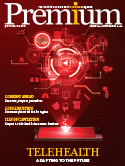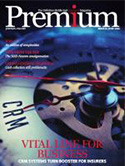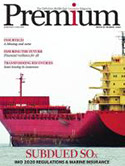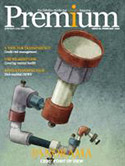The Future of Healthcare Insurance

Payers, providers and regulators debated on ways to reduce healthcare costs and infuse better outcomes with a view to enhancing population health at the 14thAnnual Healthcare Insurance Forum. A Premium report.
The recently organised 14th Annual Healthcare Insurance Forum 2019 delivered insights on the future of healthcare and its impact on insurance, the challenges of providers and payers, a focus on prevention and wellness and some very futuristic trends in the global market.
Delivering the keynote address, Dr. Amin Hussain Al Amiri, assistant undersecretary of Public Health Policy & Licensing Sector, UAE Ministry of Health & Prevention, advised health insurers to make prevention the mainstay of their coverage. “Insurers should join efforts with the Ministry of Health and Prevention and other health authorities in prevention of non communicable diseases (NCD), not just paying the bills,” he said. Observing that NCDs were a huge economic burden and he said it would cost USD1044 billion by 2030, quoting a study by the World Health Organisation.
Dr. Al Amiri said  that insurers should put in place preventive schemes that included regular screening, predictive analysis and protection. “Insurers need to encourage evidence-based medical standards,” he added.
that insurers should put in place preventive schemes that included regular screening, predictive analysis and protection. “Insurers need to encourage evidence-based medical standards,” he added.
Speaking on the topic of innovation and integration in insurance, Jerome Droesch, CEO – MENA, Cigna Middle East, urged insurers to invest in digitalisation. He encouraged health insurers to invest in data and analytics, machine learning, voice-driven search, artificial intelligence, cloud enhancement and robotics, while balancing technology and talent.
Referring to the challenges expressed by providers, Ramadan AlBlooshi, CEO of Dubai 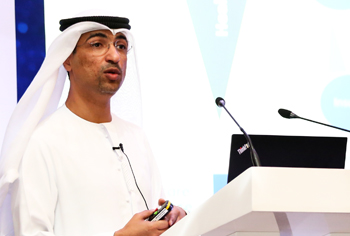 Healthcare City Authority – Regulation (DHCR), said that currently there was a need to provide standard pricing for complex procedures. He also urged other regulators to consider all stakeholders’ views before enforcement of any rules. AlBlooshi noted that blockchain, integrated ecosystems, big data and analytics, and rising life expectancy could be expected in the future of insurance.
Healthcare City Authority – Regulation (DHCR), said that currently there was a need to provide standard pricing for complex procedures. He also urged other regulators to consider all stakeholders’ views before enforcement of any rules. AlBlooshi noted that blockchain, integrated ecosystems, big data and analytics, and rising life expectancy could be expected in the future of insurance.
Explaining the benefits of telehealth, Dr. Immanuel Azaad Moonesar said that only 10-15 percent of Middle East countries had telemedicine policies, regulation and initiatives. “Telehealth reduces, in-patient visits, decreases costs, renders better access to care for remote locations and brings convenience to care,” he said. He added payers and providers had a key role to play with respect to telemedicine, by driving telehealth initiatives through increasing penetration of smartphones, bringing advancements in imaging technology, effectively meeting customer demand and reducing healthcare cost.
Robert Denson, senior vice president for Operations and Technology, Malaffi, and Ali Mohamed Al Ali, manager of IT at Department of Health Abu Dhabi, gave an overview of the Abu Dhabi Health Information Exchange, a centralised data center that collected information from providers, payers, government, pharmaceutical companies, diagnostic labs and so on.
A session on population health management debated on value 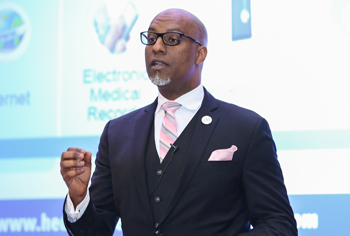 based insurance design as a solution to the reduction in healthcare costs in the region and managing chronic diseases for improved outcomes. During the session, Ahmed Faiyaz Sait, advisor – Health Investments and PPP’s at the Dubai Healthcare Authority advocated the use of telehealth initiatives to save cost for the healthcare system, in a scenario of high health inflation. In order to manage risk in a better manner and prune networks accordingly, he said insurance companies would need clinical performance indicators and outcomes. “A facility based on outcomes with smaller initiatives like telehealth should be the way to go, rather than Emergency care costs,” Sait said.
based insurance design as a solution to the reduction in healthcare costs in the region and managing chronic diseases for improved outcomes. During the session, Ahmed Faiyaz Sait, advisor – Health Investments and PPP’s at the Dubai Healthcare Authority advocated the use of telehealth initiatives to save cost for the healthcare system, in a scenario of high health inflation. In order to manage risk in a better manner and prune networks accordingly, he said insurance companies would need clinical performance indicators and outcomes. “A facility based on outcomes with smaller initiatives like telehealth should be the way to go, rather than Emergency care costs,” Sait said.








